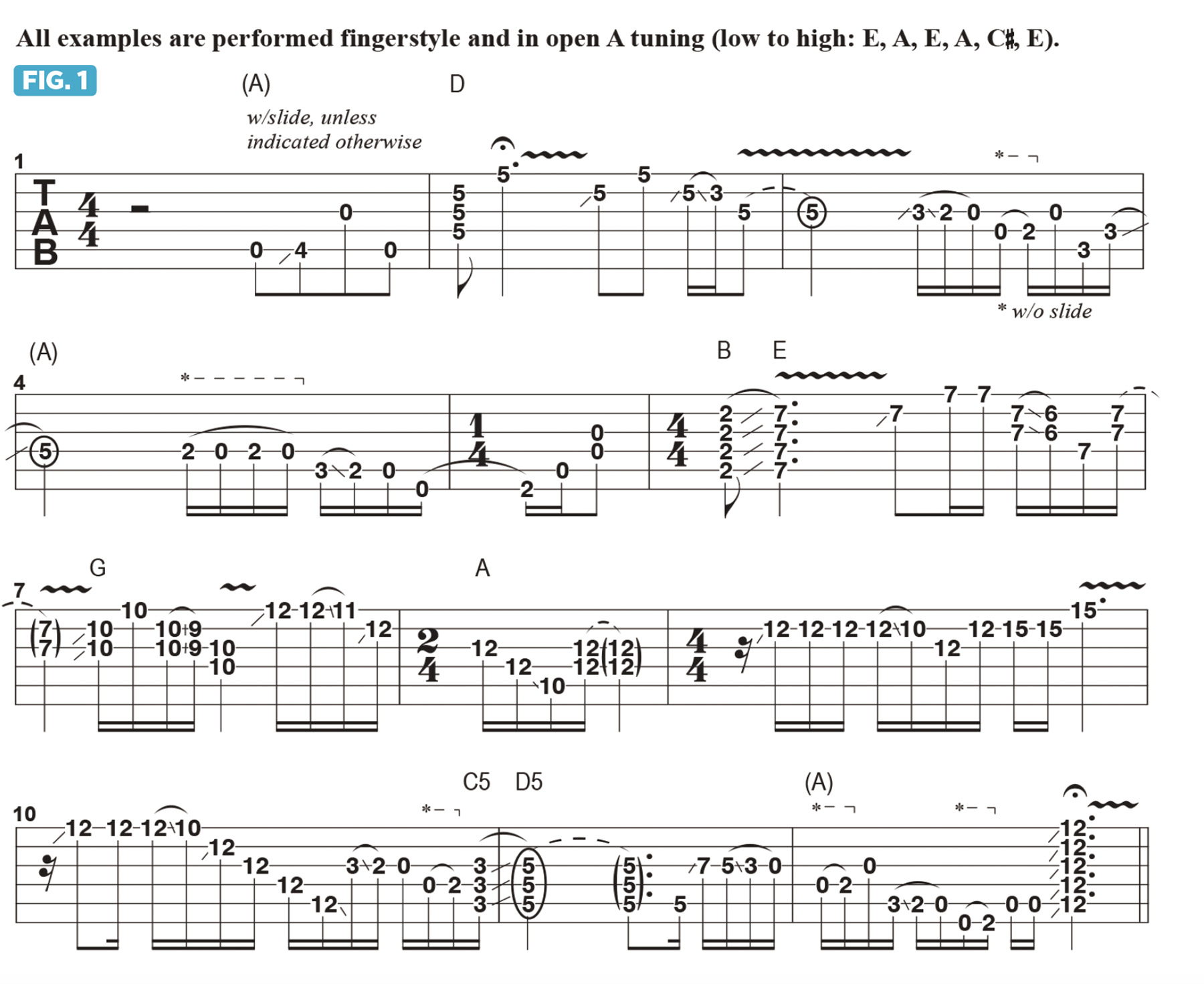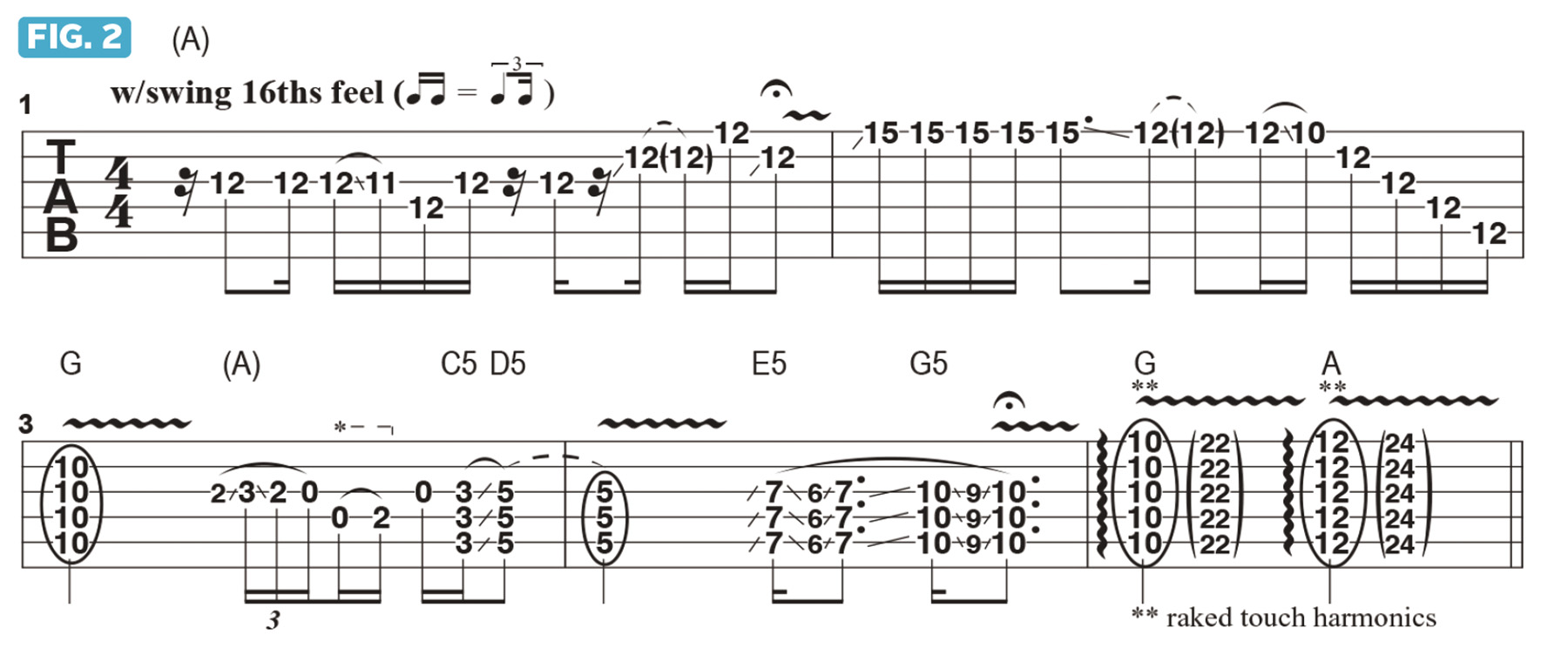“Everyone from Bonnie Raitt to Jimmy Page and Robert Plant were all huge fans of the Feat”: Joe Bonamassa pays tribute to Lowell George – and his legendary Dumble
JoBo shares his Holy Grail amp and some ideas for how you can get into a slow blues solo (and how to get out)

Today, I’d like to talk about an unsung hero of rock and roll, the great Lowell George of Little Feat. This past summer, I was very lucky to have purchased his Dumble Overdrive Reverb amplifier. Its 4x12 cabinet came with Altec speakers, which I don’t normally like, but when I plugged in my Strat and played some slide through it, that sound that Little Feat fans know and love was there.
Lowell had his own fantastic slide style, in the realm of my other two slide guitar favorites, Ry Cooder and David Lindley. All three guitarists have similar traits, in regard to their overall sound and mastery of a crystal clear, melodic approach.
For these examples, my guitar is in open A tuning (low to high: E, A, E, A, C#, E). I use a Dunlop steel slide, which I wear on my ring finger. Lowell famously used a Sears Craftsman 11/16” sparkplug ratchet attachment.
I also fingerpick exclusively when playing slide, which I think produces a warmer sound and greater tonal variety. When playing in this context, I like to use a Stratocaster with both the bridge and middle pickups on (the #2 toggle position).
Figure 1 begins with A on the open 5th string, followed by a slide up to the major 3rd, C#, and then the open A on the 3rd string, followed by the open 5th string again. In bar 2, I move up to the D chord, sounded by laying the slide across the strings at the 5th fret, and emphasize the notes on top three strings, as these notes – D, F#, and A – sound a D major triad.
In bars 3-5, I move back down and emphasize the open strings to allude to the I (one) chord, A. Notice that I switch between using the slide and fretting notes conventionally. Bars 6 and 7 bring in E and G major chords, and in bars 8-10 I play phrases around the 12th-position A shape.

Figure 2 presents a riff in A that begins with a nod to the classic Little Feat song Dixie Chicken. In bar 5, I play raked “touch” harmonics: while dragging the pick downward across the strings, I lightly touch them with my pick-hand index finger exactly 12 frets above the slide position, which produces octave-higher harmonics.

Figure 3 begins over an A chord with licks in 15th and 12th positions, before shifting down to open position in bar 2, and riffs over D in bar 3.
I say this to anyone who will listen: Little Feat belong in the Rock and Roll Hall of Fame! They are one of the most influential bands of all time, and it’s criminal negligence that they have yet to be inducted!

Everyone from Bonnie Raitt to Jimmy Page and Robert Plant were all huge fans of the Feat. Lowell was a phenomenal singer and songwriter. Be sure to check out the band’s early albums, Sailin’ Shoes, Dixie Chicken, and the live Waiting for Columbus.
Get The Pick Newsletter
All the latest guitar news, interviews, lessons, reviews, deals and more, direct to your inbox!
Joe Bonamassa is one of the world’s most popular and successful blues-rock guitarists – not to mention a top producer and de facto ambassador of the blues (and of the guitar in general).
You must confirm your public display name before commenting
Please logout and then login again, you will then be prompted to enter your display name.
“There are so many sounds to be discovered when you get away from using a pick”: Jared James Nichols shows you how to add “snap, crackle and pop” to your playing with banjo rolls and string snaps
How to find new approaches to blues soloing – using fingerstyle improv ideas and Roy Buchanan-inspired licks












